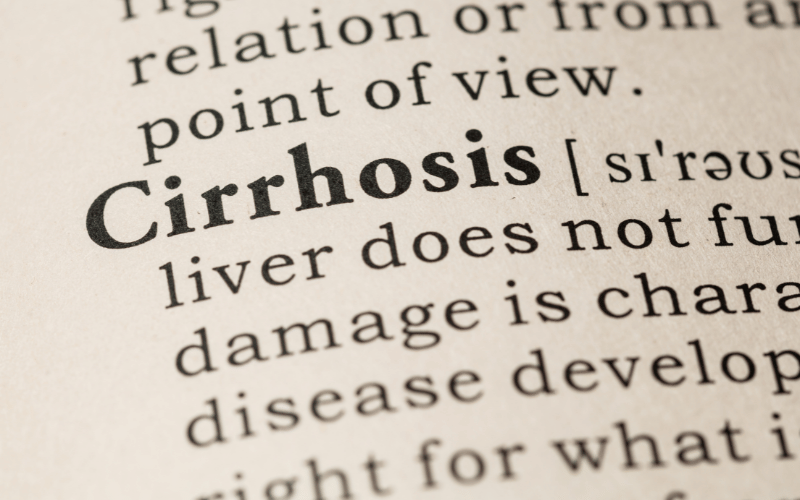Introduction: Navigating Through the Complexities of Liver Cirrhosis
Diving deep into the world of liver health, cirrhosis stands out as a critical condition that necessitates close attention and thorough understanding. It’s a journey where the liver, a powerhouse organ, finds itself in a precarious situation, with healthy tissues giving way to scarring and diminished functionality. Grasping the intricacies of this condition is imperative, as the liver plays a pivotal role in numerous bodily functions, ranging from toxin filtration to nutrient processing.

Cirrhosis doesn’t happen overnight. It’s a gradual process, and often, the body sends out no alarms until the damage reaches a critical point. Thus, unraveling the causes becomes a crucial task, ensuring that individuals and healthcare professionals can work hand in hand to mitigate risks and manage the condition effectively. This exploration is not just about painting a bleak picture; it’s about empowering with knowledge and strategies for prevention and management.
Within the realm of cirrhosis, alcohol has long been recognized as a major villain. However, it’s crucial to note that the spectrum of causes is wide and varied. From genetic predispositions and autoimmune attacks to viral invasions and lifestyle-induced conditions, the liver faces threats from multiple fronts. And in the modern world, with the rising tide of obesity and metabolic disorders, conditions such as Non-Alcoholic Fatty Liver Disease (NAFLD) are stepping into the limelight, adding complexity to the cirrhosis landscape.
As we delve into the top 10 causes of cirrhosis, it’s not just about listing them out. It’s about understanding their origins, their progression, and their impact on liver health. It’s about recognizing the subtle signs and learning the strategies for prevention and management. In the sections that follow, we will embark on this exploratory journey, dissecting each cause, unraveling its mechanisms, and highlighting the steps that can be taken to safeguard liver health. So, let’s begin, with a keen eye and an open mind, ready to unravel the mysteries of cirrhosis and take a proactive stance towards liver health.
Cause 1: Chronic Alcohol Abuse

The battle against liver cirrhosis often finds its adversary in the form of chronic alcohol abuse, a pervasive issue with far-reaching consequences. Over the years, heavy and consistent alcohol consumption has stood out as a leading cause of liver damage, silently eroding the liver’s capabilities. Alcohol, in its metabolism, produces toxic substances that inflame and scar the liver tissue, leading to cirrhosis. This damage is cumulative and insidious, often not presenting clear symptoms until the liver is severely compromised.
The journey from a healthy liver to cirrhosis due to alcohol is a long one, and it’s laden with risk factors that vary from person to person. Genetics, drinking patterns, and overall health play significant roles in determining the impact of alcohol on an individual’s liver. Additionally, other factors such as malnutrition, which is commonly associated with heavy drinking, further exacerbate the liver damage.
Addressing chronic alcohol abuse requires a multifaceted approach. Early intervention, lifestyle modifications, and support are crucial in halting the progression of liver damage. Medical professionals often emphasize the importance of abstinence from alcohol, as even a reduced intake can significantly impact the liver’s ability to recover.
In the landscape of liver cirrhosis, chronic alcohol abuse is a known enemy. It’s a condition that demands attention, awareness, and action. By understanding its mechanisms and acknowledging its risks, steps can be taken to mitigate its impact, paving the way for healthier liver function and overall well-being. As we turn the page on this cause, we recognize its gravity and the undeniable need for proactive and preventive measures. (1)